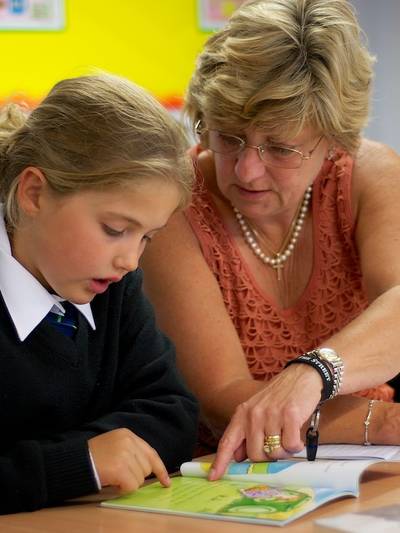Freedom
to Flourish
"The school provides an extensive range of engaging, enriching and authentic learning experiences." - Estyn Inspection Report, January 2024
From our foundation in 1965, St David’s College, for boarding and day pupils, has pioneered teaching that enables pupils to reach their full potential. Integral to this we aim to develop every child’s character, enabling them to gain an extraordinary range of skills, to discover true self-confidence and appreciate a real sense of belonging.

Latest News

Hoop Dreams
What an incredible achievement for our talented students at the Welsh Basketball Finals! Representing one of the smallest schools in the competition, our teams showed that heart, teamwork, and determination count for far more than numbers
Read more about Hoop Dreams



















